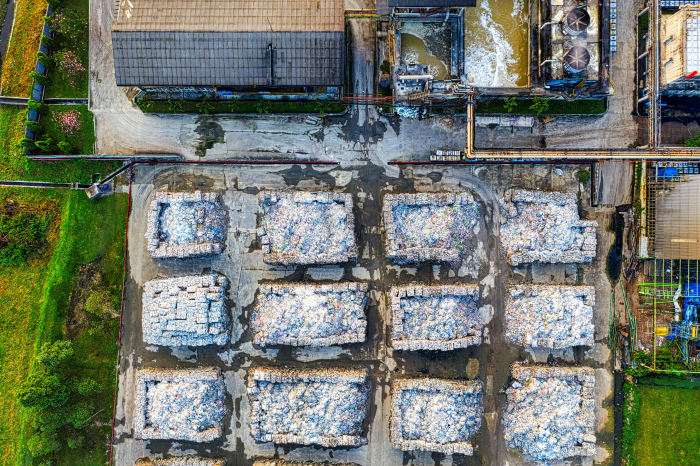In the early hours of the 24th September a fire broke out at a waste storage facility in Exeter. The fire quickly got out of control and required firefighters from the Devon & Somerset Fire and Rescue Service to work throughout the night to get the blaze under control.
Posted
25.09.2024
Written by
But this wasn’t the first major fire at a waste or recycling facility this year in the UK, it wasn’t even the first this month. The frequent occurrence of fires at UK recycling and waste facilities is extremely alarming, with five significant fires in September 2024 in addition to another four fires reported in August 2024 alone. This unsettling trend signals the urgent need for waste management operators to consider how they are managing the fire risk on their sites, and if they are using the best available risk management techniques available to them.
Waste and recycling facilities are particularly vulnerable to fires due to the highly combustible materials they store, such as paper, plastics, metals and rubber. According to the Environmental Services Association (ESA), waste fires cost the UK economy millions each year, with significant damage to property, loss of business, and environmental harm. Additionally, data from the National Fire Chiefs Council (NFCC) has identified that a substantial portion of fires are caused by the presence of hazardous materials, such as lithium-ion batteries, within the waste stream.
The Waste Industry Safety and Health Forum (WISH) works closely with the industry, regulators and experts and issues guidance on many topics of health and safety, including fire safety. It’s guidance document, Reducing Fire Risk at Waste Management Sites, identifies key fire risks and outlines preventative measures, including strict housekeeping practices, fire detection systems, and water supply management to combat fires. However, despite these recommendations, the industry continues to face high fire rates, indicating a gap between guidance and practice with many operators simply complying with the minimum legal requirements, and not taking a holistic approach to fire safety.
One of the key issues is that many operators approach fire safety as a compliance-driven exercise. Rather than developing a dynamic fire safety culture, the focus tends to be on meeting regulatory requirements and ticking boxes. The Regulatory Reform (Fire Safety) Order 2005, which mandates that all employers carry out fire risk assessments and ensure that adequate fire precautions are in place, often leads to superficial assessments rather than meaningful, ongoing safety improvements. Another issue is that fire safety often competes with operational priorities. For many operators, the drive to increase throughput and efficiency can lead to the neglect of housekeeping practices, inadequate staff training, and poor maintenance of fire detection systems. These operational pressures can leave sites vulnerable to fire risks, particularly in periods of high activity or staff turnover.
The focus of many waste facilities tends to be on preventing fires from starting, and while these prevention methods are important, they are inherently limited by the fact that fires can still occur due to unforeseen circumstances. For example, even the best housekeeping practices cannot fully prevent spontaneous combustion in waste piles, electrical faults in machinery, hot loads arriving on-site, or even a stray spark during processing, all well-known risks in the industry. While prevention is undeniably a crucial component of any fire safety strategy, it is insufficient on its own in the high-risk environments of waste and recycling facilities.


